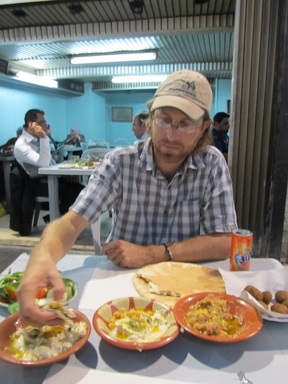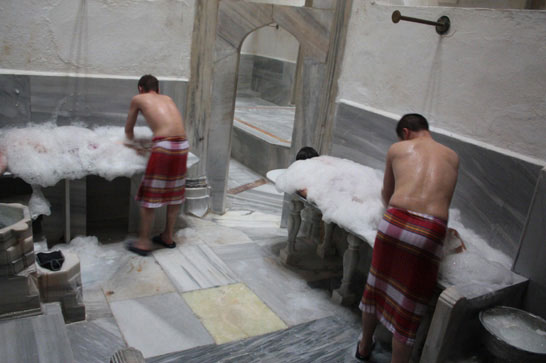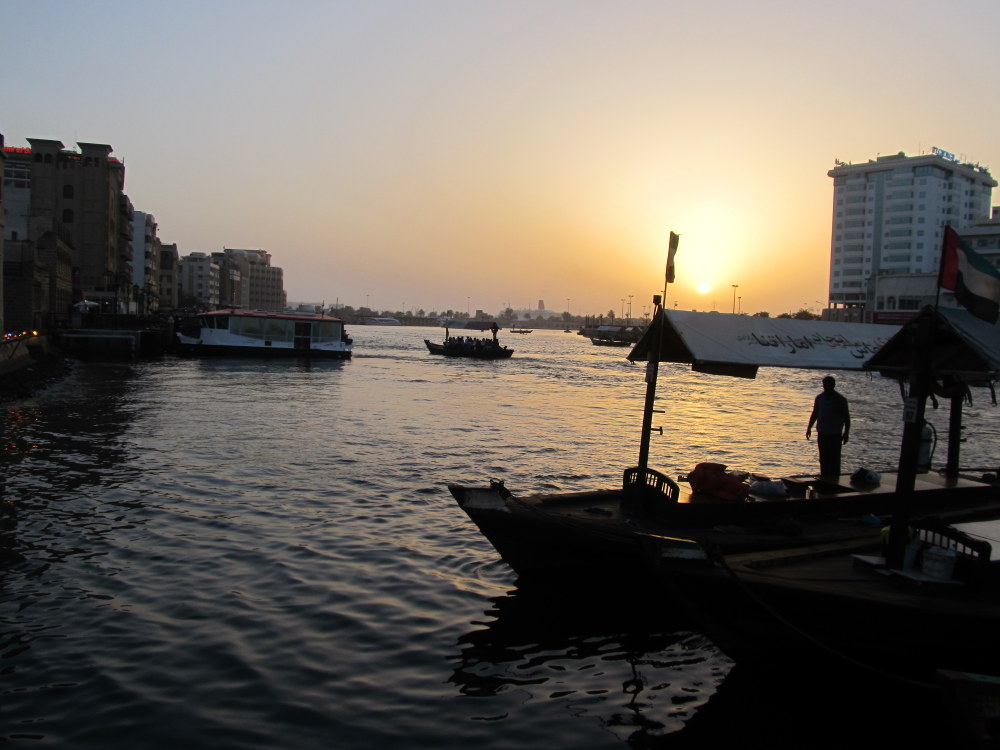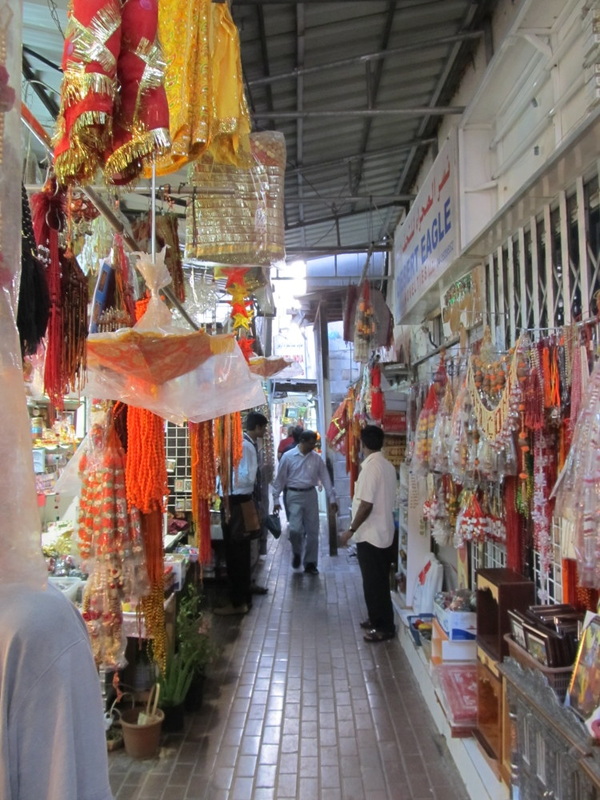|
I don't usually get bathed by a half-naked man I just met. But that's apparently what you do at a Turkish hamam--and frankly, I loved it. After all, Mike was right beside me, with his head and toes sticking out from under a mountain of bubbles. We were taking part in a tradition that's continued at this public bath in Istanbul, Turkey, for hundreds of years.
We were at the city's Suleymaniye Hamam, which was built in 1557 by the renowned Turkish architect Mimar Sinan for Sultan Süleyman the Magnificent, who ruled the Ottoman Empire between 1520 and 1566. Outside the very room in which we bathed was a plaque that told us the Sultan had also frequently bathed there. That made our treatment seem especially royal, even when my bath attendant, or tellak, smacked me on the back and doused me with icy cold water. I'd chosen this particular hamam not only for its history, but because it is reportedly the only one in the city that allows couples to go through the experience together--other hamams are separated by sex. At 35 euros (about $43) per person, it was also a bit less expensive than some of the other famous hamams in Istanbul. When we arrived, we were handed plaid cotton towels, a bikini top, and a pair of shorts. The man who ushered us to the changing room said, "Man wears bikini, woman just towel," and then laughed. After changing, we both were given little wooden shoes with black straps at the toes, which clip-clopped on the marble floor as we were led to the steam room. Inside it was as hot and humid as a Nebraska corn field in the summer. The surfaces were made of pale gray marble, and light poked through holes in the domed roof. It was a beautiful place to suffer. Mike said, "This isn't very enjoyable, but I like it." I knew exactly what he meant. Even my shins were sweating, but I felt like this was a good thing. After about 20 minutes or so, two tellak escorted us into a side room where they cooled us off with cold water, scrubbed us with a loofah, covered us with piles of bubbles, and massaged us until we were jello. My tellak also shampooed my hair. He seemed to punctuate each step with a slap, maybe to wake me up or perhaps he was just having fun. I was, too. Looking across at Mike, he seemed more relaxed than I've seen him in months. I smiled and bubbles popped on my cheeks. .
0 Comments
 Mike digs into a bowl of hummus at Hashem in Jordan. "Welcome to Jordan," shopkeepers, waiters, perfume sellers, and taxi drivers called out as we walked down the streets of the capital, Amman, on our first evening in the country. If we stopped to say "Shukran!" ("Thank you" in Arabic), we might get the follow-up questions "First time Jordan? Where you from?" When we said we are from the U.S., we were always welcomed again. "America good," with a thumbs up. This is probably not the reception most Americans expect from a Muslim country bordered by Iraq, Syria, Saudi Arabia, Israel, and Palestine. But Jordanians are renowned for their hospitality. Many of the residents are of Bedouin descent. A traditionally nomadic ethnic group, the Bedouin have long endured life in a bitterly dry and hot landscape, in part through their honor code of diyafa. Every traveler, even an enemy, must be offered shelter, food, and protection if she or he approaches a Bedouin tent in the desert. In the modern city of Amman, diyafa showed up in a handful of salted melon seeds our taxi driver passed back to us without a word. On our walk to dinner, a vendor gave us a free taste of a freshly cracked almond--he broke the shell with his hands--and a dried fig covered in powdered sugar. At the outdoor eatery Hashem (where I had the most creamy, garlicky, spicy, delicious hummus of my life), the table next door passed over a falafel ball stuff with onions and peppers. They hardly paid attention as we ate it, as though we were already members of their family. The waiter, Said, wearing a muscle T-shirt and a big toothy smile, shook my hand. "Welcome to Jordan," he said. To get to Dubai from Muscat, we bused through northern Oman, past flatlands of bone white desert and scrubby, half-dead trees. Outside it was about 115 °F. If heat had a physical form, it would be this landscape. Once in the United Arab Emirates--which consists of seven independent city-states, including Dubai--we passed a road sign indicating a camel crossing. Far in the distance of this dry, hot world, I saw two tall, golden, humped shapes nibbling on the shrubs.
Dubai surfaced from the emptiness like Las Vegas does. All of the sudden, freeways snaked around us. McMansions fronted the roads. Shopping malls hulked. Silver-paned skyscrapers watched over it all with cool, elegant indifference. It wasn't until sunset, when we explored the area around our hotel, the XVA, that I realized I might actually enjoy this city. Dubai is divided by a "creek," which is really a large inlet from the Persian Gulf. Walking along it, we watched the criss-crossing of water taxis, each one filled with a collection of women in black-robed abayas, men in the long white shirt-dresses called dishdashas, and tourists in their mishmash of T-shirts and sports sandals. Old wooden dhows crowded the banks, and behind them stood the blocky modern buildings of banks, including one from Iran, located just across the Gulf. People from all over the world passed by us, wearing colorful saris, headscarves, floppy hats, and taqiyah (Muslim caps). With the skyscraper lights starting to glitter on the water, the scent of jasmine and frankincense perfume in the air, and the sound of the call-to-prayer undulating from the nearby mosque, I felt I had been transported to the capital of another planet and another time. The Mos Eisley Cantina from Star Wars might have been just around the corner. There's a reason why Dubai feels so otherworldly. More than 80 percent of the city's population is foreign-born, with especially large groups of immigrants from India, Pakistan, Bangladesh, and the Philippines. The result is a cosmopolitan mix that centers more on the East than the West, unlike in other bustling international cities like London and New York. After wandering down the textile souq, where rainbow piles of fabric lined the stores and vendors called out "Pashminas! 10 dirhams!," we had dinner at Bait Al Wakeel. The food was expensive and poorly prepared, but the the view was worth it. Sitting on a balcony overlooking the creek and its busy boat traffic, we felt we were in the middle of the water, with the alive, awake energy of nighttime Dubai swooshing around us. On our way back to the hotel, we followed a stream of people turning down a small alleyway. Suddenly we were in a tiny corridor, filled with Indians and little shops selling fragrant garlands of jasmine and marigolds, hundreds of tiny statues of Hindu gods, and smoky incense. Piles of shoes rested at the foot of several staircases, which led up to a temple. There were no tourists around. We had found a passage to India, a street named Hindi Lane, in the middle of the Middle East. That's when I thought, I love Dubai. |
Archives
July 2012
Categories
All
|



 RSS Feed
RSS Feed